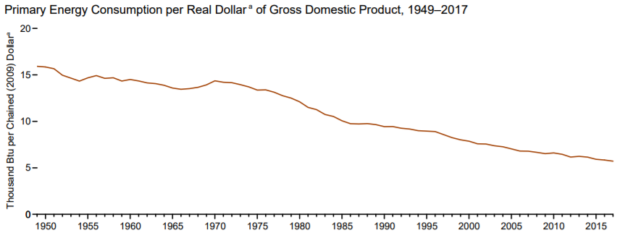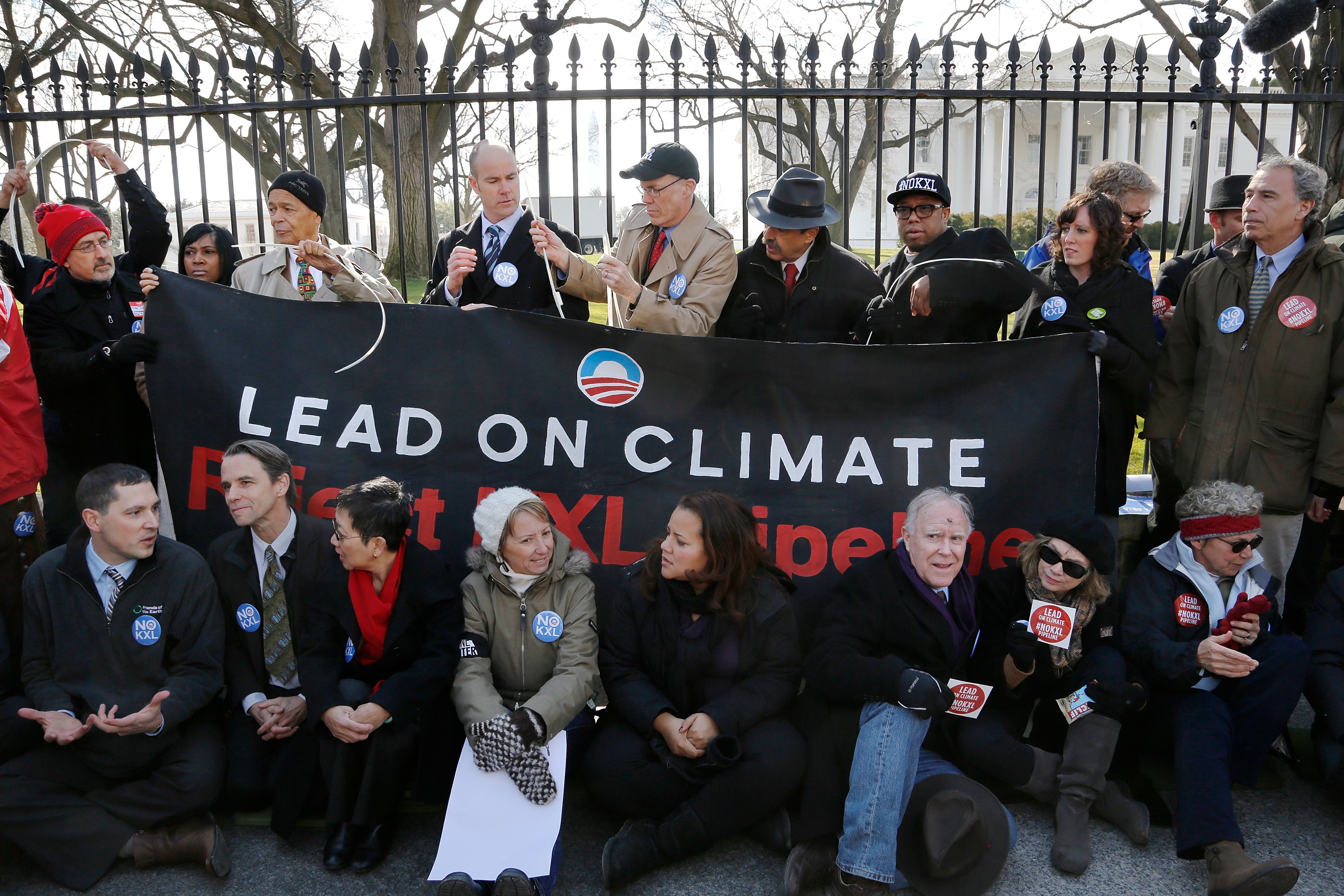Thank you, Mr. President, for moving to make male and female great again.
In the last few years, biological girls have seen their rights violated in school bathrooms and in sports. National confusion has ensued ever since the previous administration decided to reinterpret Title IX’s sex anti-discrimination clause to include self-proclaimed “gender identity.”
That may soon come to an end under the Trump administration.
The Department of Health and Human Services has drafted a memo that would reverse the Obama administration’s action and return the legal definition of “sex” under Title IX civil rights law to what its authors meant: sex rooted in unchanging biological reality. According to The New York Times, the memo was drafted last spring and has been circulating ever since.
Title IX bans sex discrimination in education programs that receive government financial assistance, meaning schools have to abide by the government’s interpretation of Title IX or risk losing federal funds.
When the Obama administration announced it was including “gender identity” under the word “sex,” many schools felt they had to treat gender identity as the standard for determining access to bathrooms, sports teams, etc. The result was headlines like “Transgender Athletes Dominate High School Women’s Sports.”
The memo spells out the proposed definition of “sex” as applied to federal statutes as “a person’s status as male or female based on immutable biological traits identifiable by or before birth.” The proposed definition won’t include a “select a gender” option, as was offered under the Obama administration.
This is simply a return to reality. Sex is an immutable biological reality, while gender identity is a social construct that can change over time. The two terms are not interchangeable. The authors of Title IX meant biological sex, not gender identity.
The Obama administration’s conflation of the two was not just legally problematic—it also pushed transgender ideology further into the mainstream. That’s regrettable, because transgender ideology has real and harmful effects on people who are suffering and need help.
When individuals try to live out life in an ideology that has no basis in biological fact, the consequences are stark.
I know, because I lived the trans life for eight years.
I have received hundreds of regret letters from trans people who now realize—too late—that gender-pretending is damaging. Regretters have called gender change “the biggest mistake of my life.” The late transgender movie actress Alexis Arquette called her gender transition “bulls***” because no one can really change their gender.
So many have written me personally about the unhappy consequences of imitating the opposite gender for so many years, telling of lives needlessly torn apart and thoughts of suicide. I put those emails into a book, “Trans Life Survivors,” which shows the human toll caused by encouraging distressed people to undergo permanent surgeries and take powerful hormones without considering other causes and treatments.
This past weekend, I opened my email as I do each morning and found another message from a person who had ignored biology and went head-first into trans ideology. Now, this person wants out:
I am now 40 years old, post op male to female transgender person. And to put it simply, very miserable in life now. I have followed you on YouTube … and totally agree with your theories! I am at my wits’ end with life and what I have done to myself. It’s an inspiration to see and read about what I would call “survivors!”
Many trans folks, after years of “living the life,” now want to detransition. Many report to me that they were sexually abused, raped, or molested at a young age—in one case, as a toddler.
Teenage girls are flocking to gender change as an escape. One 15-year-old girl, who the gender experts diagnosed with gender dysphoria, explained to her mother that she wanted to “erase my past” because she was sexually abused by her dad.
In another case, a young 14-year-old girl confessed that “I used being trans to try and escape being scared about being small and weak. I thought that if I presented myself as a man I’d be safer.”
Another girl’s mother wrote that her daughter was raped at age 19 and desperately “is trying to remove any connection to her being female visually or sexually.”
This is the kind of suffering that has driven many to change genders. As a society, we need to honestly consider: Is changing genders an effective long-term treatment for past sexual abuse and feelings of insecurity?
Obviously not.
Billy, another trans life survivor, had been sexually abused at age 11 during a summer swimming camp by his diving coach. Billy explained to me that after the abuse, he hated his genitalia and wanted to become a female. Abuse can do that.
Billy, like so many abused as children, was diagnosed by the “gender specialist” with gender dysphoria and given cross-sex hormones and reassignment surgery. He lived fully as a transgender female until regret set in.
Now he has detransitioned back to male and is married—a true trans life survivor who prefers to live a biologically authentic life.
Trans ideology ruined the life of another friend, born male and now living as a trans female. After being diagnosed with gender dysphoria, his excellent employment allowed him financially to transition from male to female. But sex change regret has set in, and now he wants to detransition.
This nice-looking, tall, slender, intelligent transgender person is another who had been sexually abused as a child.
Too many people tell me that even when they establish a history of sexual abuse and communicate that to the gender therapist, the therapist disregards it. If a client wants to change their gender, the therapist will affirm them without reservation and help them down that path.
As a former trans person, and as someone who daily receives stories of physical and emotional devastation wrought by trans ideology, I look forward to a federal definition of sex as being rooted in immutable biology, without the option of being self-selected.
The science is absolutely clear. Sex doesn’t change over time, even with hormones and surgery—and that’s a good thing.

Walt Heyer is an author and public speaker. Through his website, SexChangeRegret.com, and his blog, WaltHeyer.com, Heyer raises public awareness about those who regret gender change and the tragic consequences suffered as a result.
RELATED ARTICLES:
Federal Gov’t Spending $1.1 Mil on Apps for Transwomen and “Hooking Up Simulation” for Gay Teens
Podcast: What Do Drag Queens Want With Your Kids?
LGBT Plays the Erase Card
My ‘Sex Change’ Was a Myth. Why Trying to Change One’s Sex Will Always Fail.
I Wish I Had Been Told About These Risks Before I Had Gender Surgery
A Former Transgender Person’s Take on Obama’s Bathroom Directive
The Daily Signal depends on the support of readers like you. Donate now
EDITORS NOTE: This columns with images is republished with permission. Photo: Brian Snyder/Reuters/Newscom.


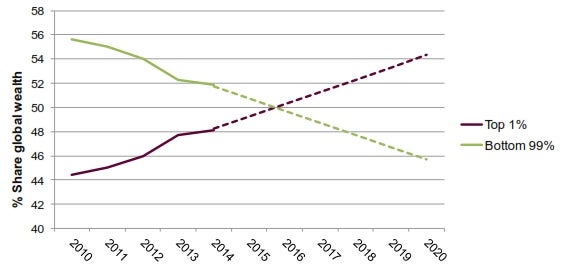

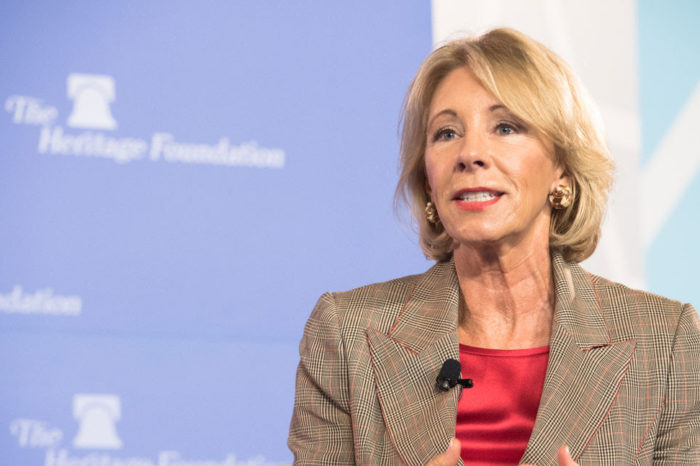

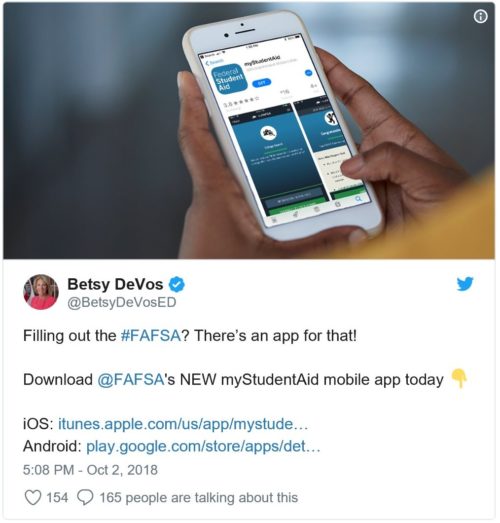


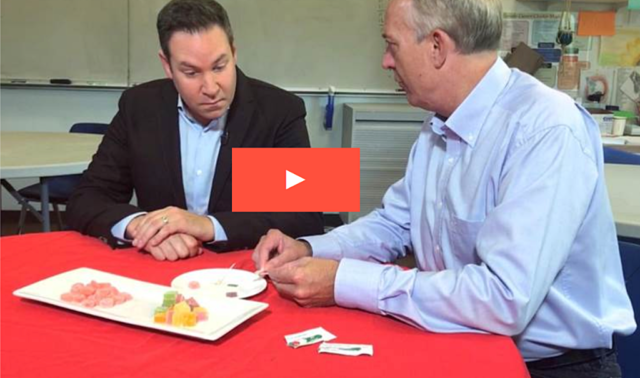




 Greenhouse gas emissions continued to plummet during President Donald Trump’s first year in office, according to new Environmental Protection Agency (EPA) data.
Greenhouse gas emissions continued to plummet during President Donald Trump’s first year in office, according to new Environmental Protection Agency (EPA) data.